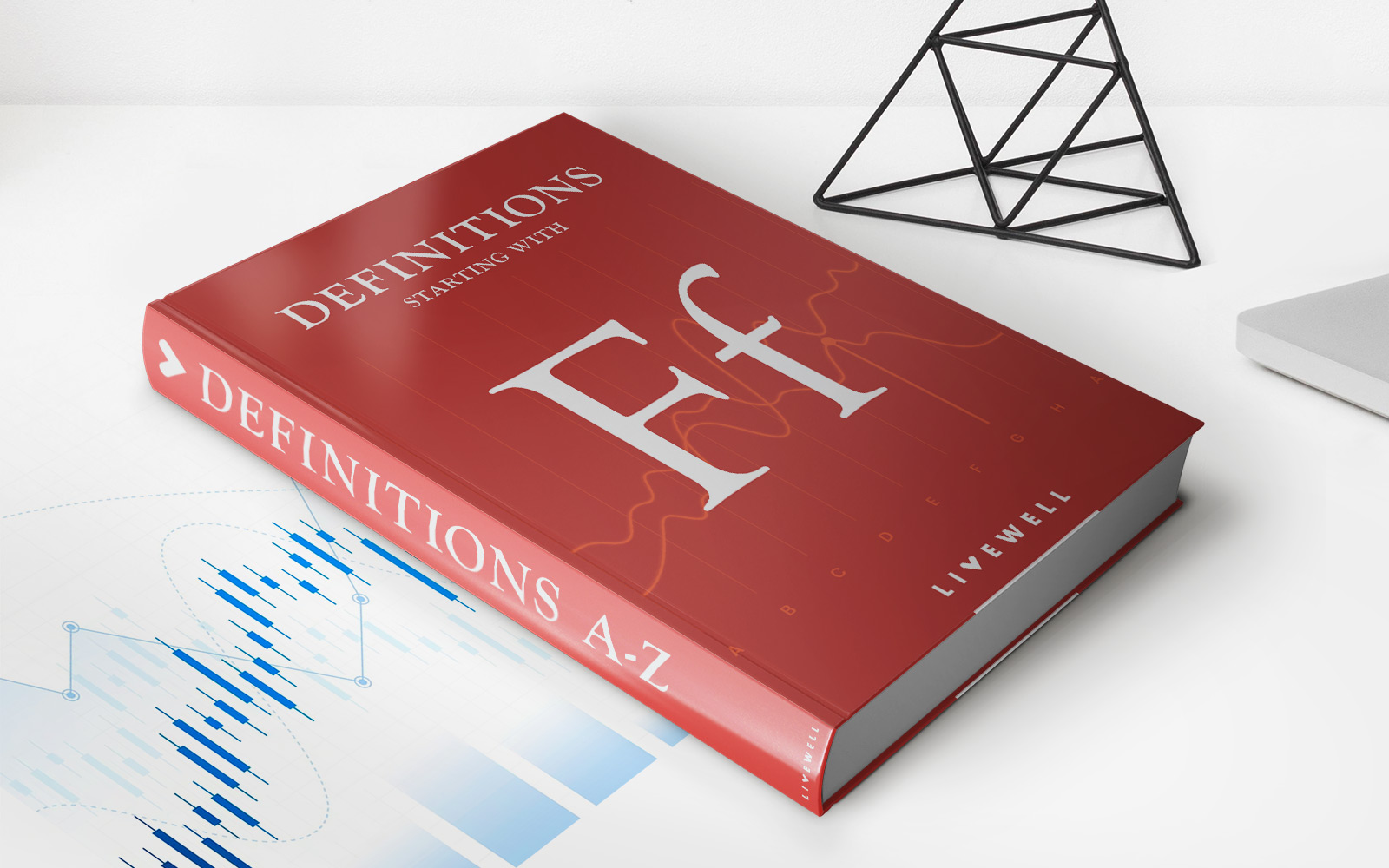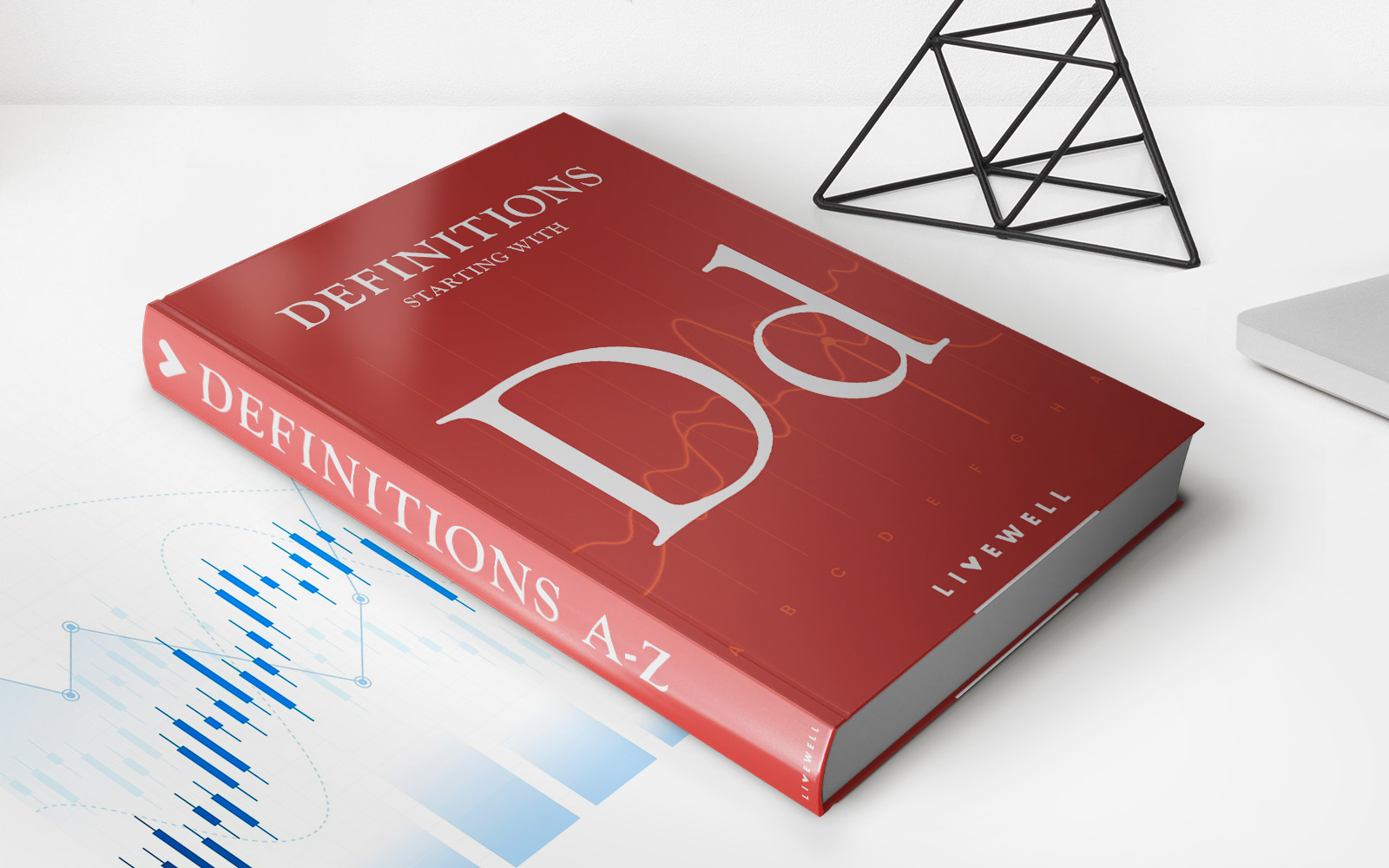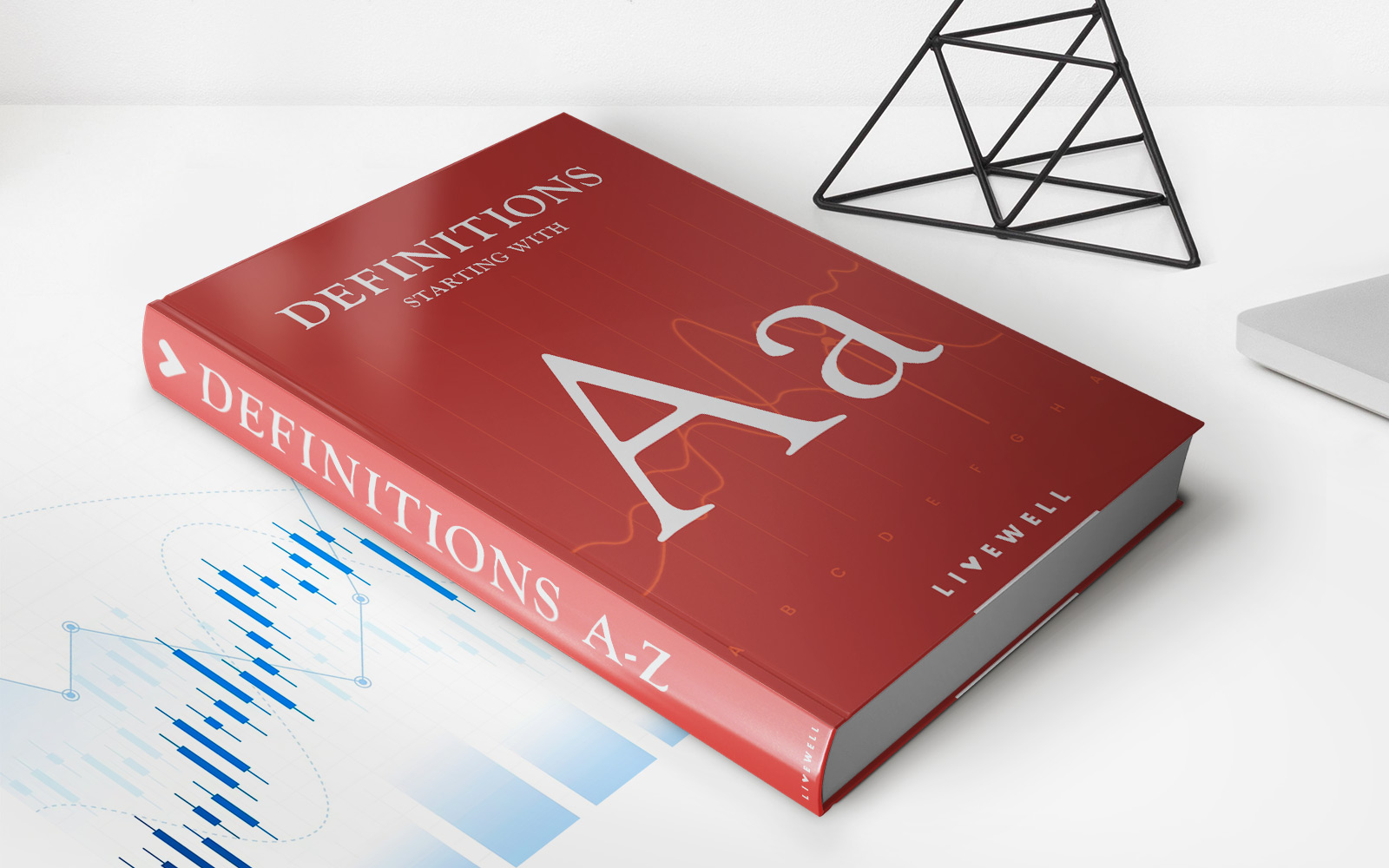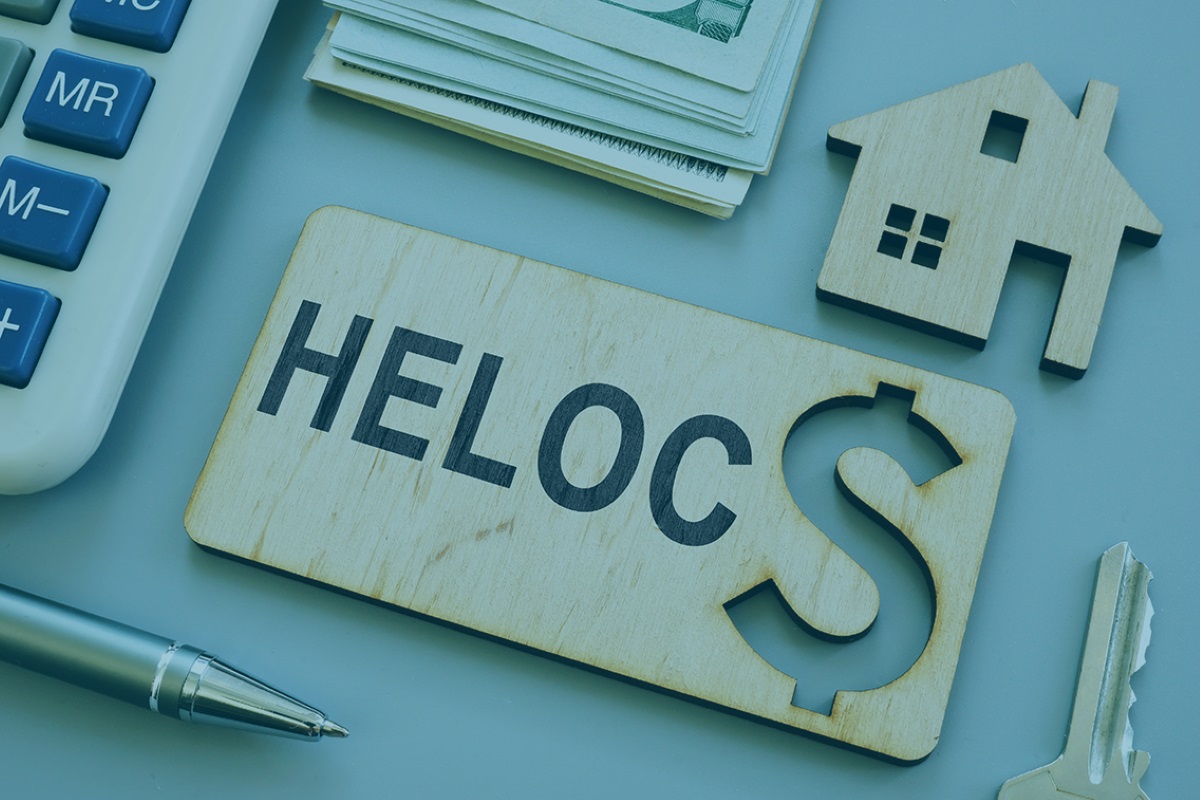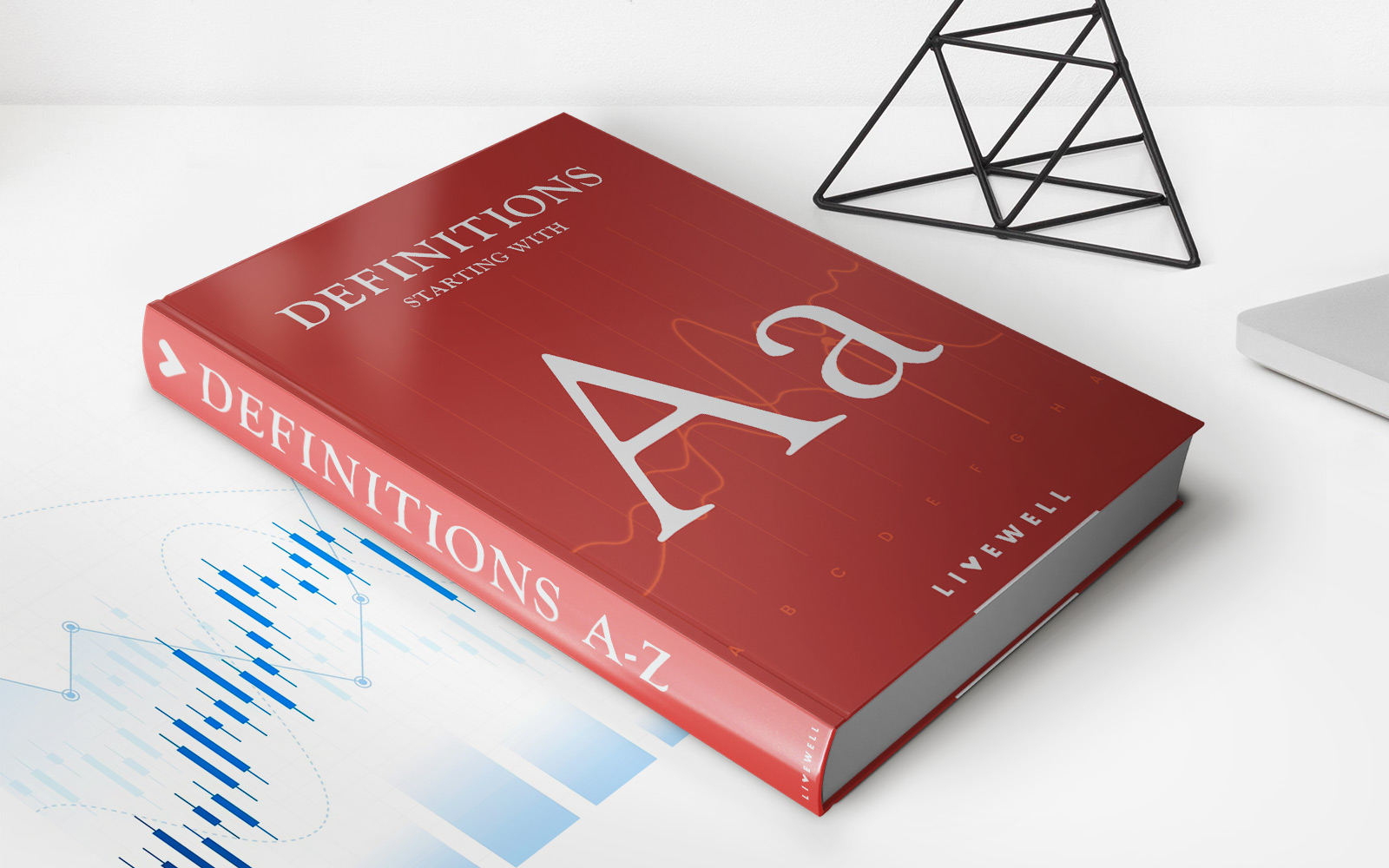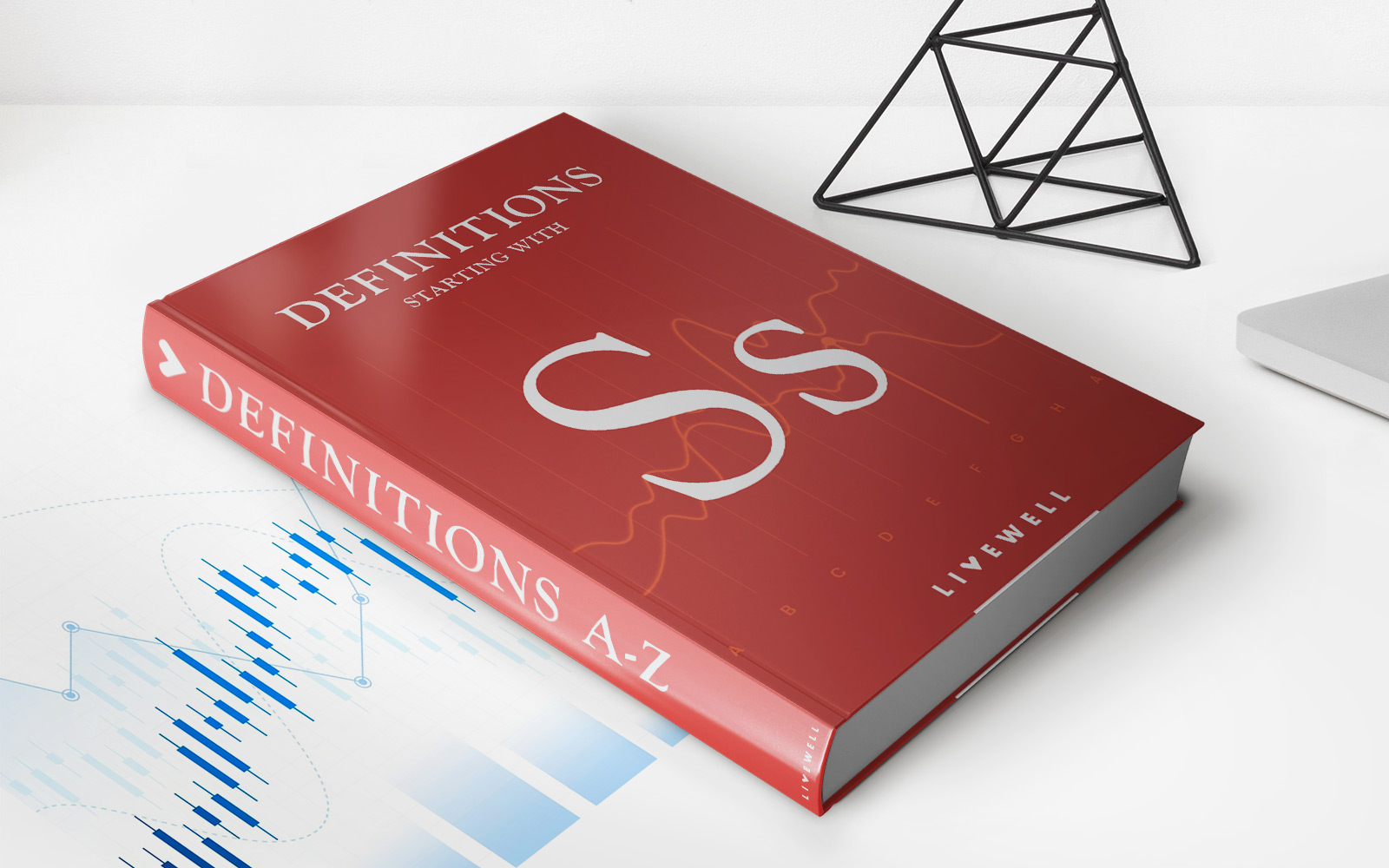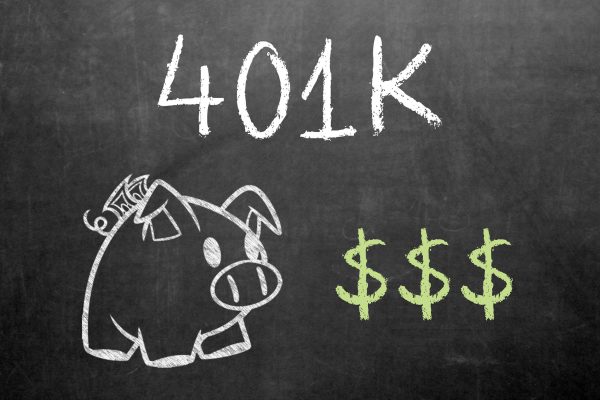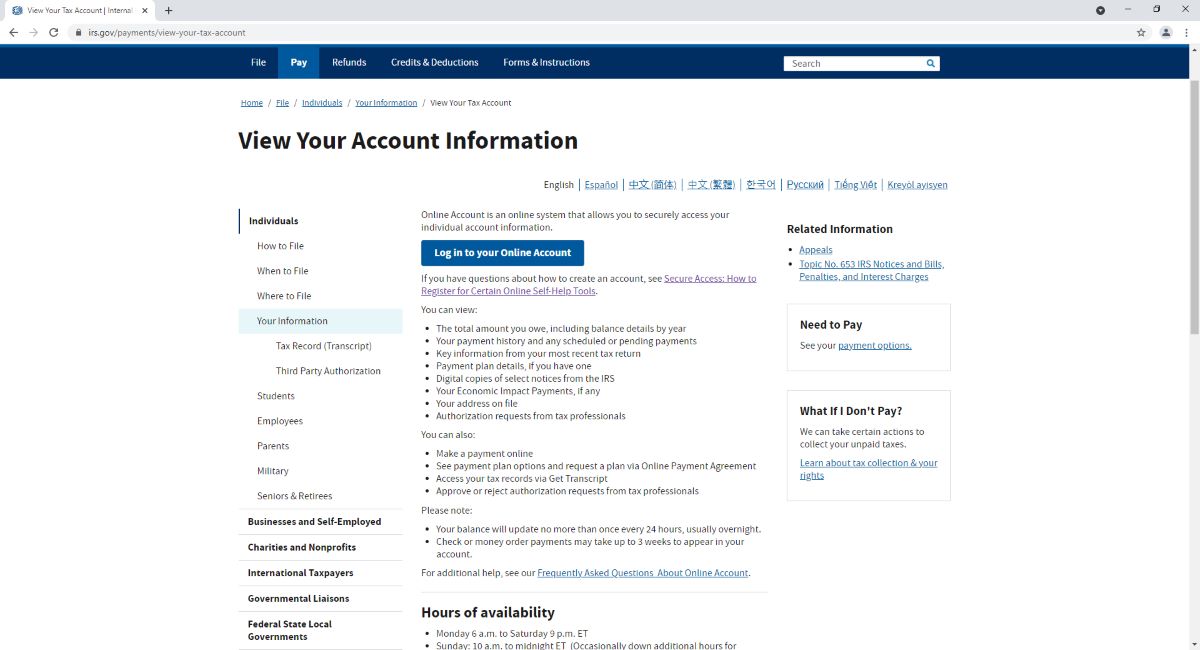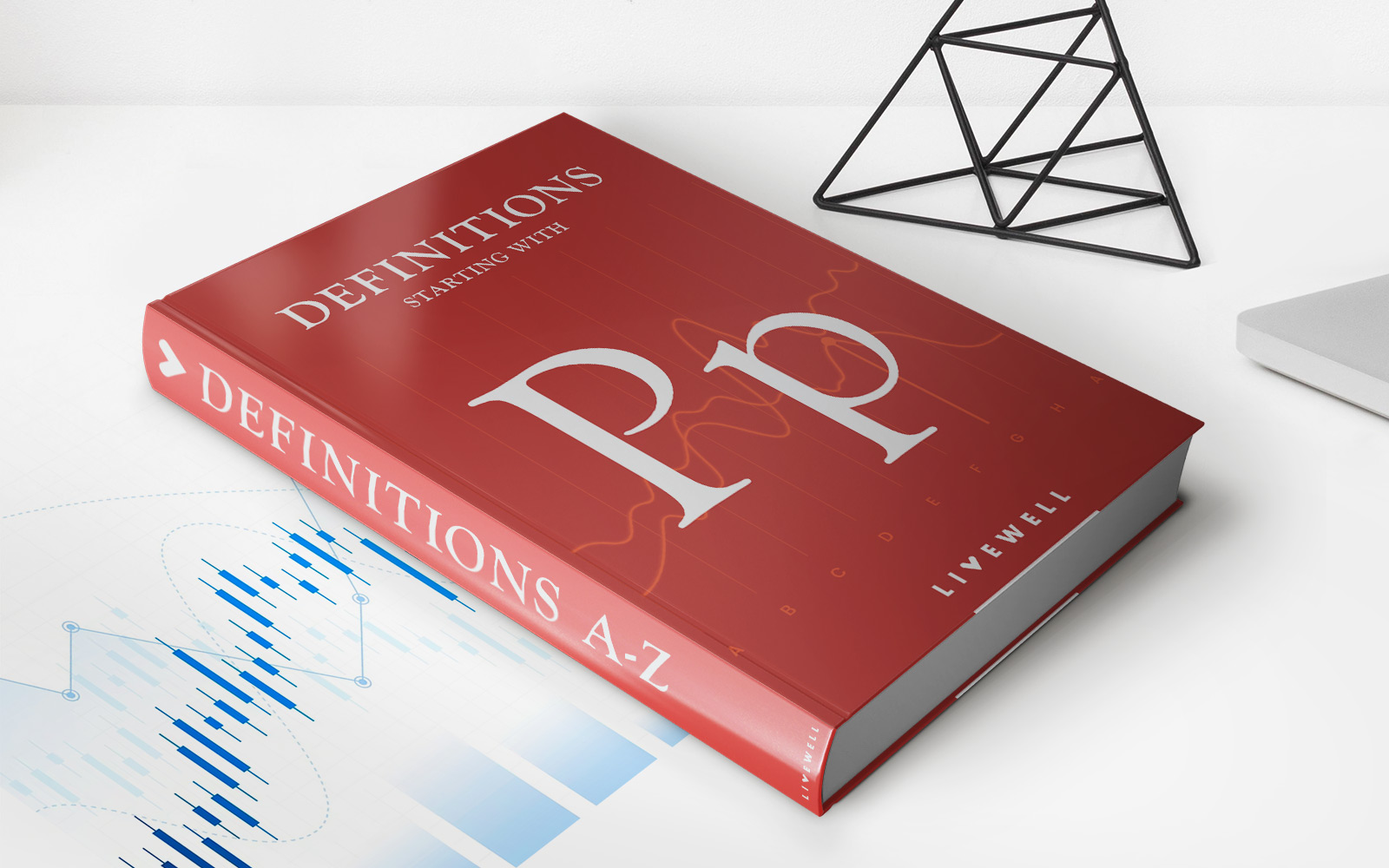

Finance
Payment Option ARM Minimum Payment Definition
Published: January 6, 2024
Learn the definition of a Payment Option ARM minimum payment in the world of finance. Discover how this payment option can impact your financial situation.
(Many of the links in this article redirect to a specific reviewed product. Your purchase of these products through affiliate links helps to generate commission for LiveWell, at no extra cost. Learn more)
Understanding Payment Option ARM Minimum Payment: A Comprehensive Guide
Welcome to our Finance category, where we dive deep into various topics related to managing your money and making sound financial decisions. In this article, we will discuss an essential aspect of mortgages called Payment Option ARM Minimum Payment. If you’ve ever wondered how this payment method works and what it means for your overall financial situation, you’re in the right place.
Key Takeaways:
- Payment Option ARM Minimum Payment is a flexible payment option for mortgage loans that allows borrowers to choose from different payment options.
- While the Payment Option ARM Minimum Payment may seem attractive with its lower initial payments, it can lead to negative amortization and higher long-term costs.
Now, let’s delve into the details of Payment Option ARM Minimum Payment and explore its implications on your personal finance.
What is Payment Option ARM Minimum Payment?
Payment Option ARM Minimum Payment is a type of mortgage loan that offers borrowers the flexibility to select from different payment options each month. These options typically include a minimum payment, an interest-only payment, a fully amortizing payment, and a payment based on an extended repayment term.
How does Payment Option ARM Minimum Payment work?
Payment Option ARM Minimum Payment works by providing borrowers with a menu of payment choices. They can select the option that best suits their financial situation for that particular month. The minimum payment option is usually the lowest amount a borrower can pay, which may not cover the full interest due on the loan. The remaining interest is added to the principal balance, leading to negative amortization.
Implications and Considerations
While the flexibility of Payment Option ARM Minimum Payment may sound appealing, it’s crucial to understand its potential impact on your finances. Here are some key points to keep in mind:
- Lower Initial Payments: The minimum payment option allows borrowers to pay less initially, which can benefit those with tight budgets or variable income. This can be helpful during periods of financial hardship or when other financial opportunities arise.
- Negative Amortization: When borrowers choose the minimum payment option, the remaining unpaid interest is added to the principal balance. This can result in negative amortization, where the loan balance increases over time, ultimately leading to higher costs in the long run.
- Reset Period: Payment Option ARM loans typically have a reset period, during which the borrower’s payment options may change. This reset may result in higher payments and can catch borrowers off guard if they haven’t planned for it.
- Long-Term Costs: While Payment Option ARM Minimum Payment may provide short-term relief, it can result in higher long-term costs due to negative amortization and higher interest payments. It’s essential to consider the potential impact on your overall financial situation before opting for this mortgage payment option.
As with any financial decision, it’s crucial to carefully evaluate the pros and cons of Payment Option ARM Minimum Payment before opting for this mortgage payment option. Consulting with a qualified financial advisor can provide valuable insights tailored to your specific financial goals and circumstances.
So, whether you’re considering a Payment Option ARM Minimum Payment or simply curious about different mortgage payment options, we hope this guide has provided you with valuable insights to make informed financial decisions. Stay tuned for more informative articles in our Finance category.

